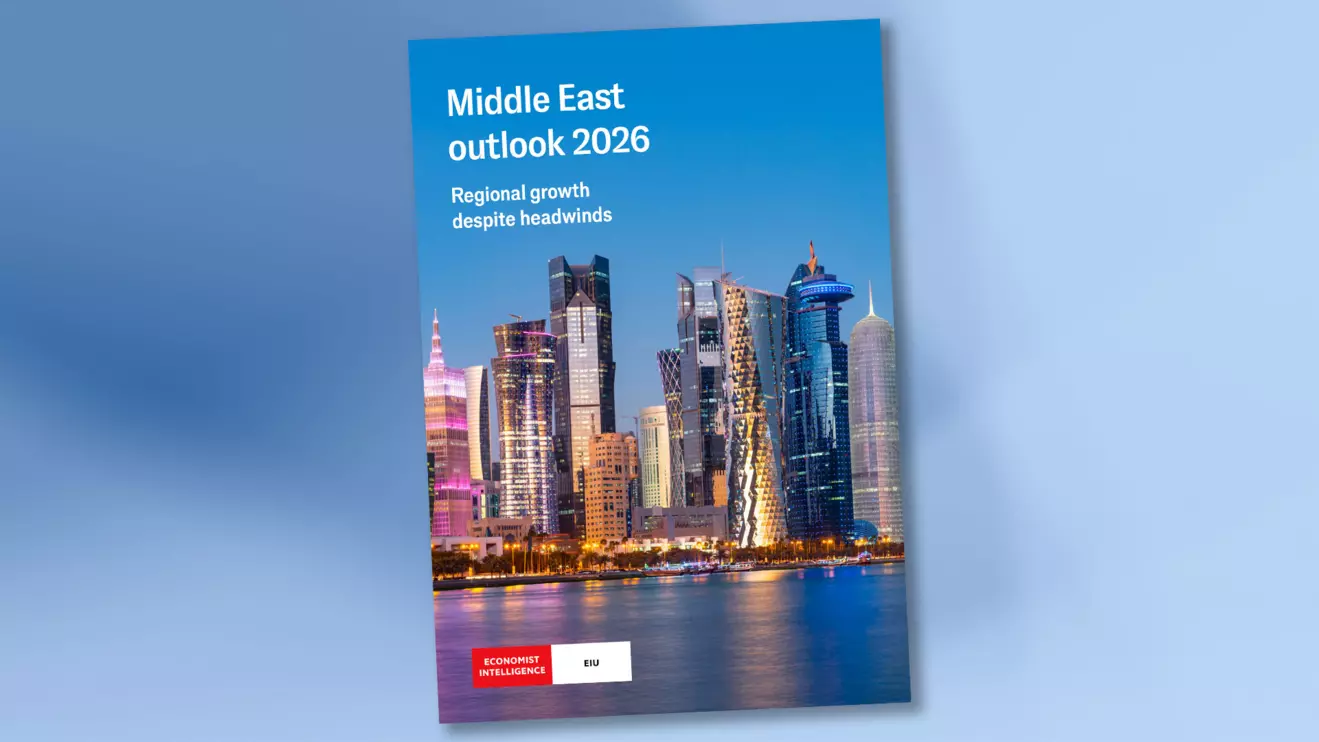The Economist Intelligence, in its latest report “Middle East Outlook 2026”, anticipates an economic rebound across much of the region—provided a fragile calm holds after years of geopolitical volatility, conflict, and energy market disruptions.
According to the analysis, if the peace plan in Gaza remains intact and Israel refrains from launching attacks against armed groups in neighbouring states or Iran, the regional environment should stabilise sufficiently to support stronger economic momentum in 2026.
Under this scenario, all but the most vulnerable Middle Eastern countries are expected to record solid growth rates, placing the region among the fastest-growing in the world.
The report highlights that Saudi Arabia and the United Arab Emirates will continue to lead this expansion, driven by diversified investment strategies, large-scale reform agendas, and robust financial buffers.
Global Trade War Risks Loom Large
Despite this upbeat outlook, the Economist Intelligence warns that the biggest downside risks for the Middle East come from outside the region—chiefly the threat of a global trade war between the United States and China and the potential resurgence of regional conflict.
Most Middle Eastern economies currently face only modest U.S. tariffs following the revised system introduced in early August. With oil still exempt and relatively limited exposure to U.S. markets, the region should escape the heaviest direct impacts.
However, the report stresses that second-round effects—such as weaker global demand, heightened uncertainty, and softer growth in key export markets—will inevitably spill over into the region in 2026. These factors could weigh on both oil and non-oil economies, reducing revenues and slowing investment.
Potential Pressure on Budgets and External Accounts
The Economist Intelligence warns that a prolonged global trade dispute could trigger significant fiscal and external imbalances across the Middle East.
Larger deficits, increased borrowing needs, and reduced government spending may become unavoidable if global conditions deteriorate.
Despite these risks, the overall outlook remains cautiously optimistic. If geopolitical tensions continue to cool and global markets avoid severe disruption, the Middle East could consolidate its position as a key engine of global economic growth in 2026.



